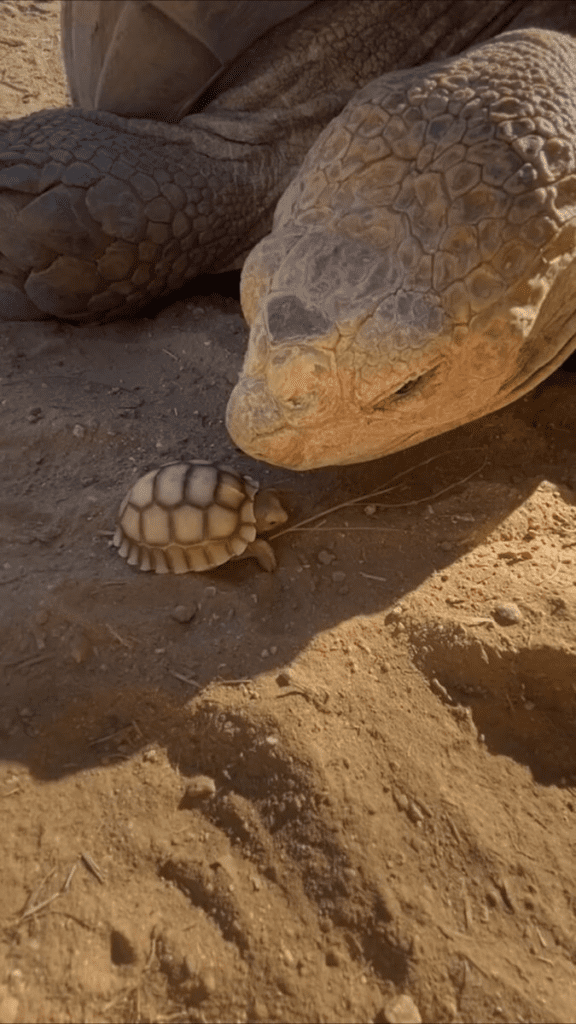Save the Redwoods League, A hundred year old conservation group in California has returned guardianship of hundreds of acres of redwood forest land to a coalition of Native Tribes that were replaced from the land generations ago by European American settlers. The Redwoods League purchased the 523-acre area known as Anderson’s West on the Lost Coast of California in July, 2020.
The league announced on Tuesday, the 25 January, 2022, that it had donated & transferred ownership of the property to the Intertribal Sinkyone Wilderness Council, a consortium of Northern California Tribal Nations focussed on environmental & cultural preservation. It is a sacred place for the original tribes where they used to hunt, fish and conduct ceremonies.
The forest will be Called Tcih Leh Dun which means Fish Run Place in the Sinkyone language-as an act of cultural empowerment and a celebration of indigenous resilience. The tribal council has named it as a Conservation Easement meaning the use of land will be limited for its own protection.
Renaming the property:Tcih Leh Dun lets people know that it’s a sacred place, it’s a place for our native people. It lets them know that there was a language and there were people who lived there long before now. This is the reaction of the Sinkyone council.
Tcih Leh Dun is a haven to ancient trees, important bodies of water & a variety of endangered species. Indigenous people will play a key role in environmental stewardship. According to a UN 2021 policy brief the indigenous represent some 5% of the world’s population, but effectively manage nearly 20 to 25 % of the earth’s land. Much of their land is in areas that hold 80 %of the planet’s biodiversity & about 40 %of the protected lands.

523 Acres Of Sacred Forest Land In North California Returned To Native Tribes
Latest from Nature

Cruise Ship Pollution Includes Sewage, Gray Water, Microplastics, and Chemical Discharge at Sea
Entertainment has found a new medium – cruise ship tours around the world. But there is a problem created by these tours. That is cruise ship waste dumping in the sea. The
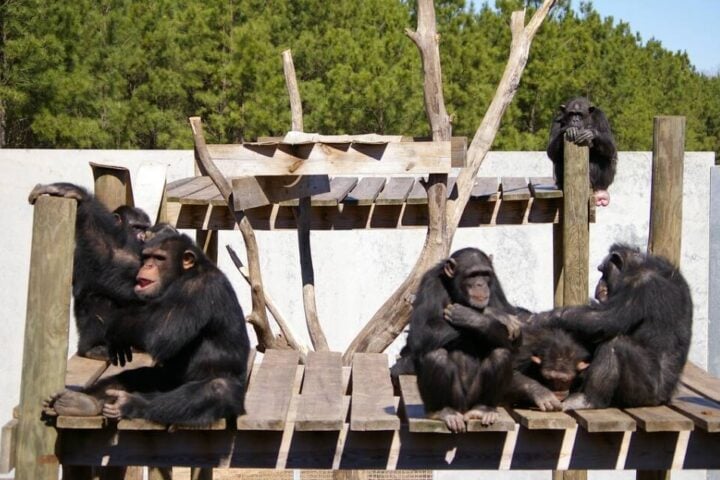
Chimpanzee Transfer Ends as 23 Research Chimps Relocate from Alamogordo Lab to Louisiana Sanctuary
The final cohort of Pan troglodytes from the Alamogordo Primate Facility in New Mexico has completed their translocation to Chimp Haven, the federal chimpanzee sanctuary in Louisiana. This ex-situ conservation effort closes

World’s Largest Chimpanzee Sanctuary Is a 200-Acre Louisiana Haven for Over 300 Former Research Chimps
Twenty-one chimpanzees have just started their retirement at Chimp Haven, marking the end of an era in American medical research. These chimps, who spent decades helping scientists develop life-saving vaccines and medicines,

Endangered Species Act Faces Rule Change That Could Cut Key Habitat Protections in 2025 Plan
The Trump administration has begun a process to redefine what constitutes “harm” to threatened and endangered species, potentially weakening habitat protections that have been crucial for wildlife conservation since the 1970s. On
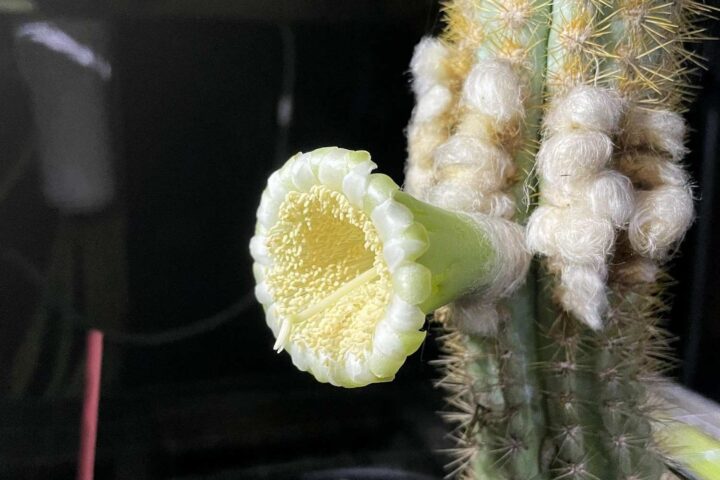
Sea-Level Rise Destroys Only U.S. Key Largo Tree Cactus Population in Florida’s Coastal Zone
The United States has lost its only known population of the Key Largo tree cactus, marking what scientists believe is the first local plant extinction in the country directly caused by sea-level
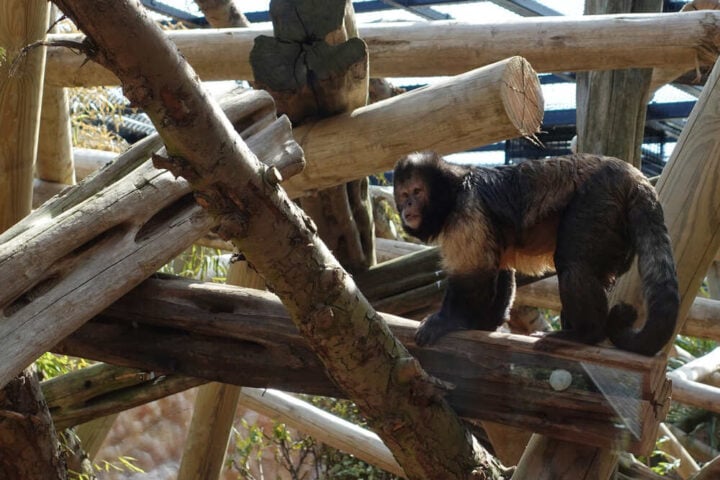
Colchester Zoo Expands Critically Endangered Capuchin Enclosure with Solar and Smart Tech
Colchester Zoo has completed a major renovation of its monkey habitat. The “Capuchin Climb,” which opened April 8, now houses the zoo’s buff-headed capuchins in a space that’s both larger and better

Oregon Wolf Population Hits 204 in 2024, Marking 15% Growth Amid Rising Poaching Concerns
Oregon’s wolf population has grown to 204 wolves, marking a 15% increase from the previous year and the first time the count has exceeded 200 since wolves returned to the state in

Shark And Ray Protection Laws In South Australia Ban 7 Endangered Species And Restrict 77 Others
In December of 2024, South Australia casted a vital conservation net for its marine biodiversity by implementing new laws to protect sharks and rays coming. The regulations, spearheaded by the Department of
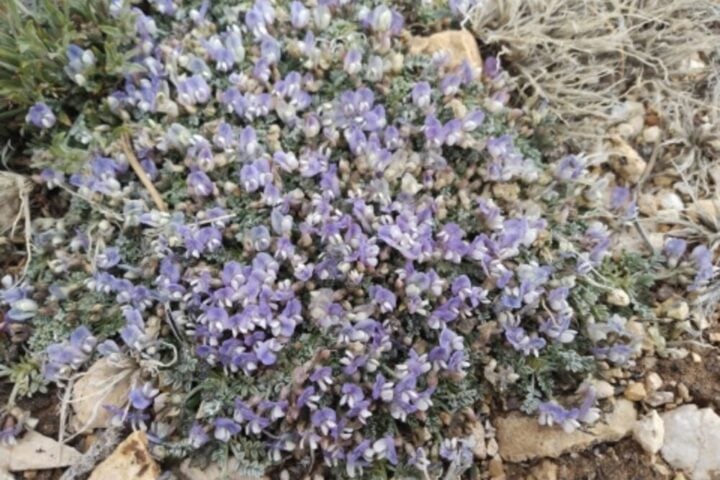
Sentry Milk-Vetch Recovery Plan Targets 8 Populations of 1,000 Plants in Grand Canyon
The U.S. Fish and Wildlife Service has released a revised recovery plan for the sentry milk-vetch, a tiny endangered plant found exclusively in Grand Canyon National Park. Announced on April 10, 2025,
![Representative Image: European Starling [49/366]. Photo Source: Tim Sackton (CC BY-SA 2.0)](https://www.karmactive.com/wp-content/uploads/2025/04/Starlings-Drop-82-in-UK-Gardens-as-Birdwatch-2025-Reveals-Record-Low-Count-Since-1979-720x480.jpg)
Starlings Drop 82% in UK Gardens as Birdwatch 2025 Reveals Record Low Count Since 1979
Starlings have reached their lowest numbers ever recorded in UK gardens, according to the latest results from the RSPB’s Big Garden Birdwatch 2025. For the first time since the survey began in

USGS Budget Cuts Threaten Yellowstone Grizzly Monitoring and NOROCK Operations
A key scientific group with over 50 years of experience monitoring Yellowstone’s grizzly bears faces major disruptions as staff retire and aren’t replaced, while their research facility faces closure. The Interagency Grizzly
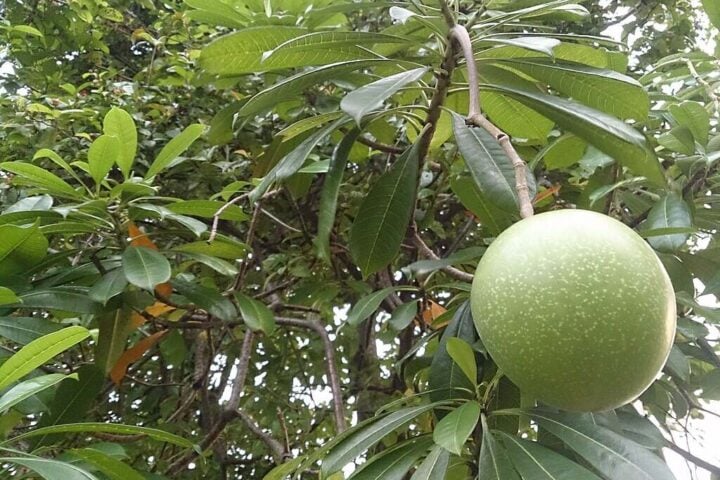
Pong Pong Tree Blamed for 537 Deaths Yearly Now Appears in ‘The White Lotus’ Thailand Season
HBO’s “The White Lotus” Season 3 has put a spotlight on Thailand’s natural hazards, featuring the pong pong tree (Cerbera odollam). When a resort worker warns guest Saxon Ratliff about the tree’s

Surface Ozone Pollution Is Cutting India’s Wheat and Rice Yields, Putting Food Supply at Risk
Surface ozone pollution, an often-overlooked air pollutant, poses a severe threat to India’s major food crops and could jeopardize the nation’s food security goals, according to new research from the Indian Institute
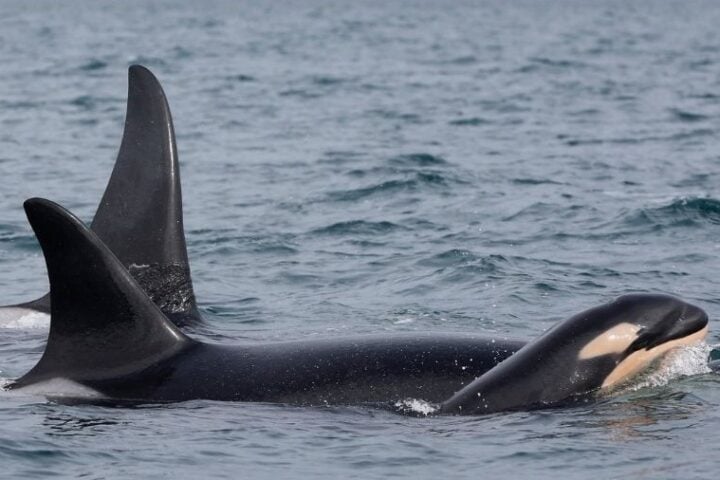
Southern Resident Killer Whale Calf J63 Spotted Alive as Population Still Stuck at 74
A new calf has been spotted swimming alongside its mother in the critically endangered Southern Resident Killer Whale population. The newborn, designated J63, was seen near Victoria Harbour on Sunday, April 6,
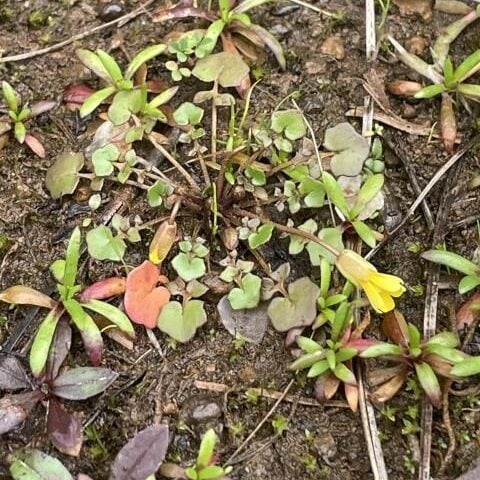
Texas Golden Glade Cress Faces Extinction With Only 3 Populations Left on Private Land
A tiny yellow flower found only in East Texas now has a fighting chance at survival. The U.S. Fish and Wildlife Service (FWS) approved a final recovery plan on April 8, 2025,

